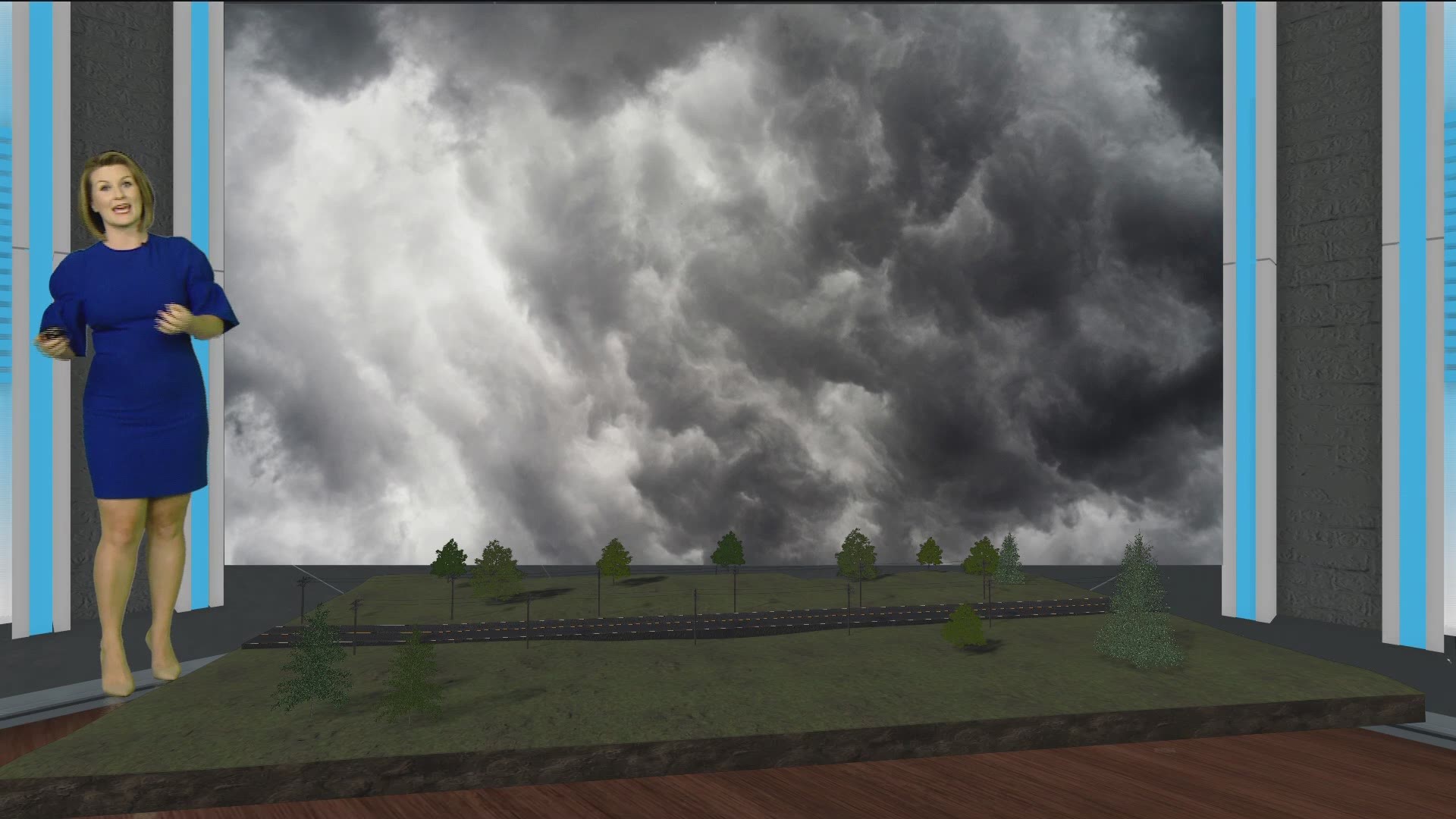JACKSONVILLE, Fla. — We live in paradise all year round across the First Coast, but summertime calls for more barbeques, trips to the beach, sporting events, boating, camping and many other recreational activities. People are spending a lot of time outdoors, but summertime is also the peak season for one of our deadliest weather phenomena: Lightning.
Lightning often receives less attention than other storm-related killers like tornadoes, floods or hurricanes because it doesn't cause mass destruction or casualties, but it is a common hazard in even everyday storms.
About 25 million cloud-to-ground lightning strikes occur in the United States each year and, according to the National Weather Service, Florida is the lightning capital of the country.
In short, lightning is a bright flash of electricity produced by a thunderstorm. All thunderstorms that produce lightning can be life-threatening. You don't need a Severe Thunderstorm Warning or Tornado Warning for a storm to be dangerous.
If you hear thunder, you are close enough to get struck. Lightning can strike within 10 miles outside of the rain cloud, that is, even if you aren't seeing the rain drops fall overhead.
Lightning is an electrical current. The charge comes from all of the tiny bits of ice, also known as the frozen raindrops, colliding way up in the sky. After these particles collide and bounce around enough, the thundercloud fills up with an electrical charge. Positive charges (or protons) form at the top of the cloud and negative charges (electrons) form at the bottom of the clouds. The ground is also positively charged and, since opposites attract, you get lightning. The charge comes up from the ground, concentrated around anything that sticks up, like trees, poles, people, etc.
MYTH: If you're caught outside during a thunderstorm, you should crouch down to reduce your risk of being struck.
- FACT: Crouching doesn't make you any safer outdoors. Run to a substantial building or hard-topped vehicle. If you are too far to run to one of these options, you have no good alternative. You are not safe anywhere outdoors.
MYTH: Lightning never strikes the same place twice.
- FACT: Lightning often strikes the same place repeatedly, especially if it's a tall, pointy, isolated object. The Empire State Building is hit an average of 23 times a year
MYTH: If it’s not raining or there aren’t clouds overhead, you’re safe from lightning.
- FACT: Lightning often strikes more than three miles from the center of the thunderstorm, far outside the rain or thunderstorm cloud. “Bolts from the blue” can strike 10-15 miles from the thunderstorm.
MYTH: Rubber tires on a car protect you from lightning by insulating you from the ground.
- FACT: Most cars are safe from lightning, but it is the metal roof and metal sides that protect you, not the rubber tires. Remember, convertibles, motorcycles, bicycles, open shelled outdoor recreational vehicles and cars with fiberglass shells offer no protection from lightning. When lightning strikes a vehicle, it goes through the metal frame into the ground. Don't lean on doors during a thunderstorm.
MYTH: A lightning victim is electrified. If you touch them, you’ll be electrocuted.
- FACT: The human body does not store electricity. It is perfectly safe to touch a lightning victim to give them first aid. This is the most chilling of lightning Myths. Imagine if someone died because people were afraid to give CPR!
MYTH: If outside in a thunderstorm, you should seek shelter under a tree to stay dry.
- FACT: Being underneath a tree is the second leading cause of lightning casualties. Better to get wet than fried!


Always check the forecast first before heading out and about! Your First Coast News Weather Team will always keep you updated, especially in the event of any severe weather both on-air and online.

